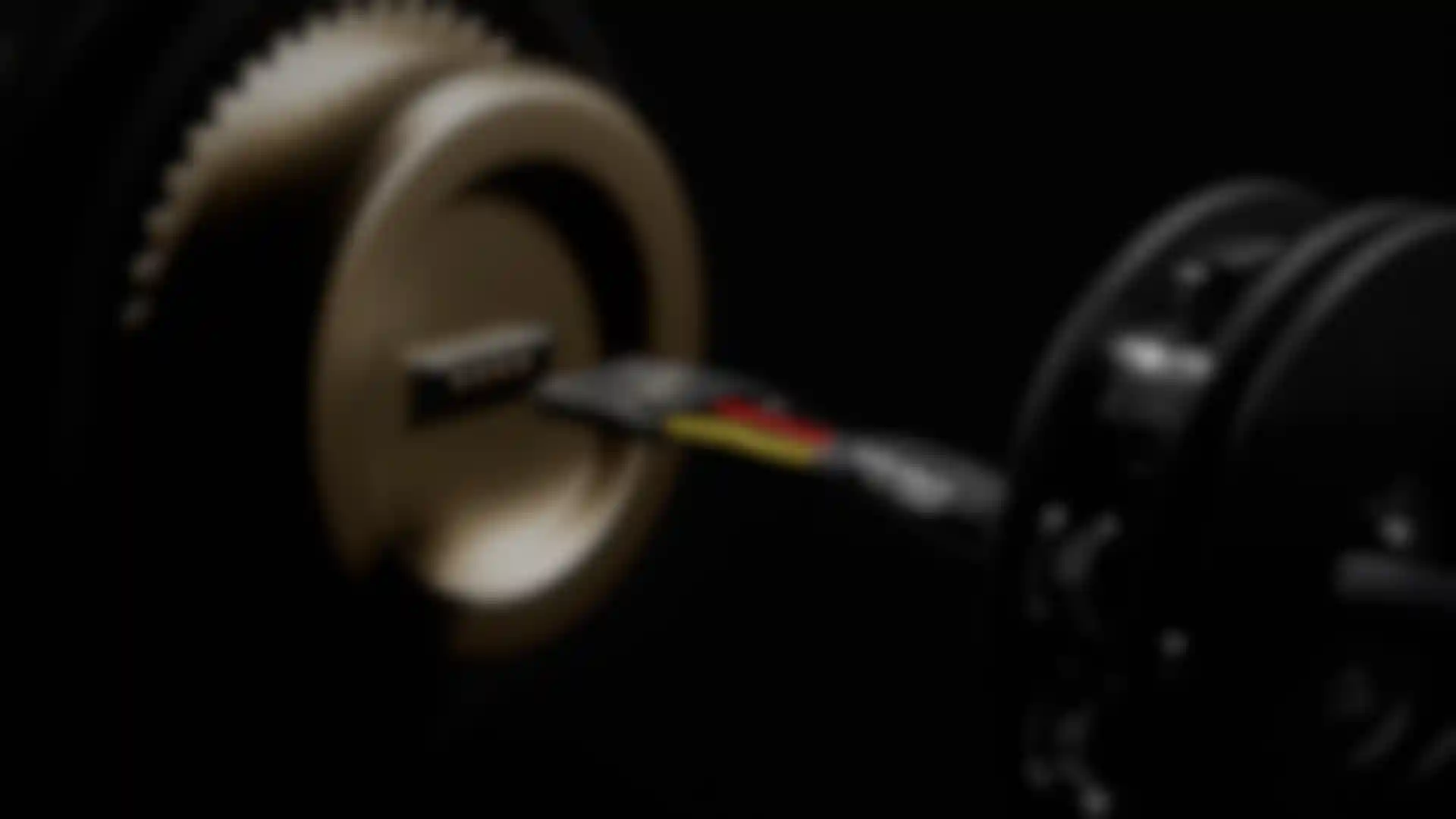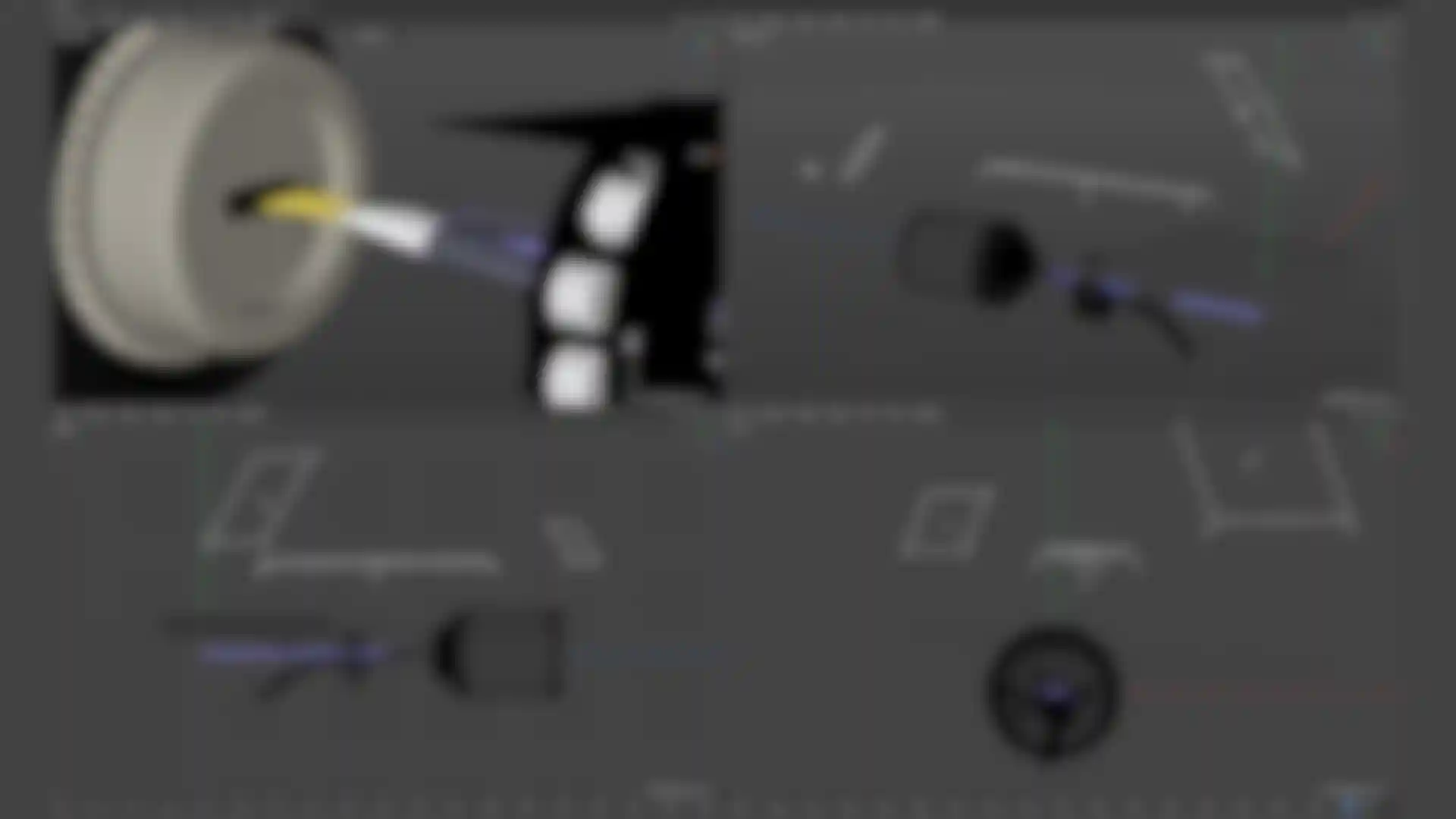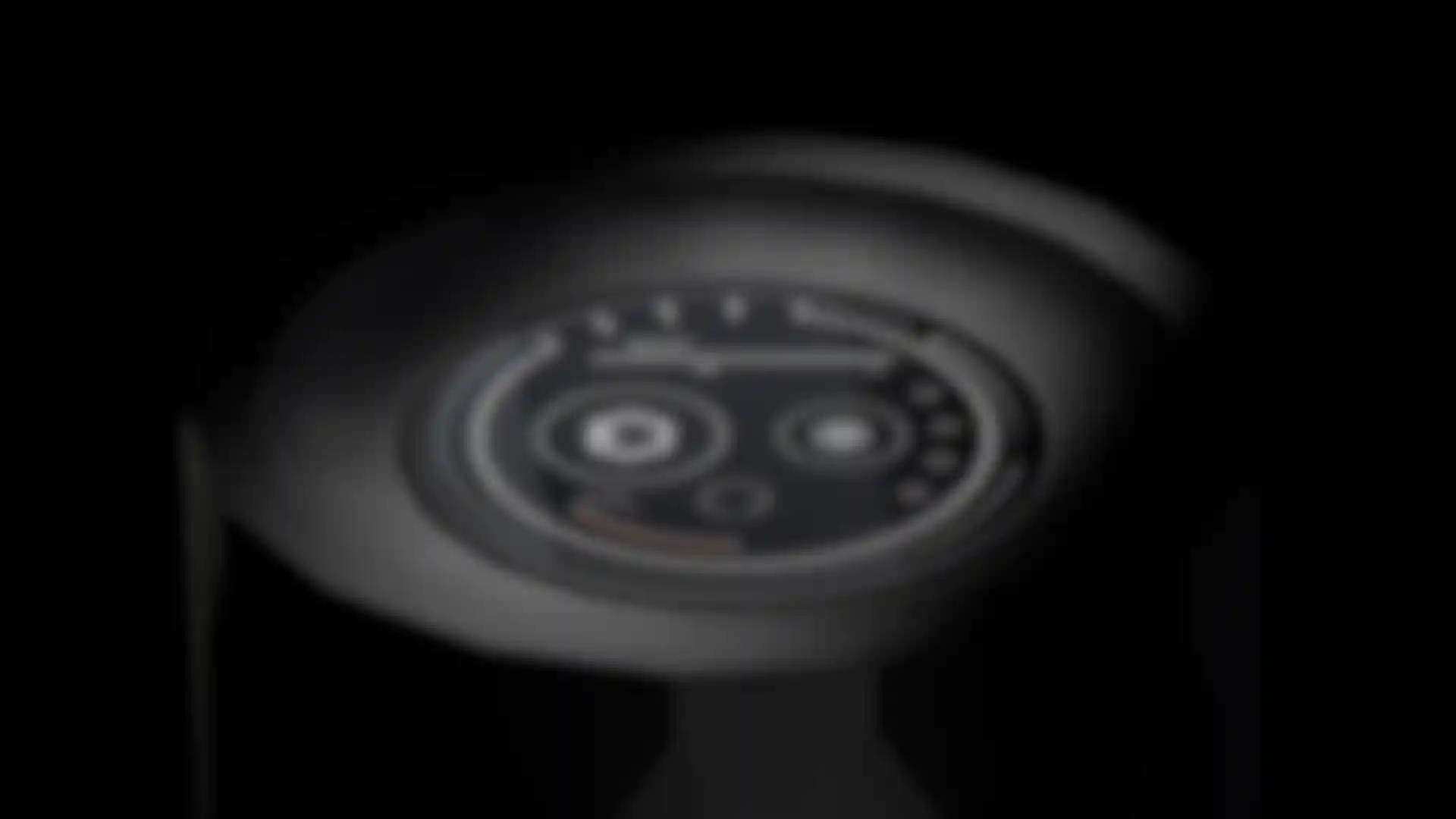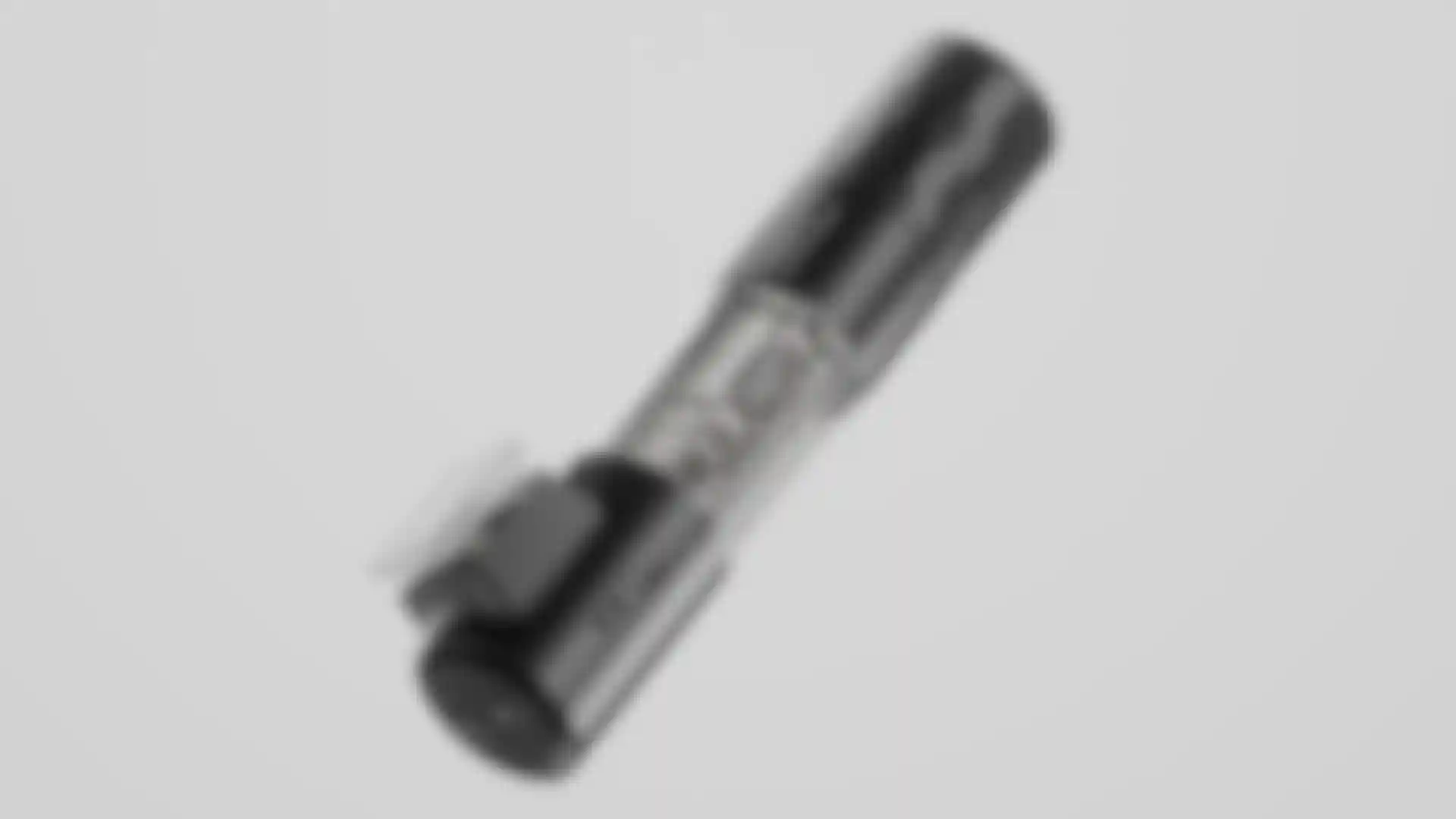
The Future of Food Preservation Elevating CAD designs to photoreal concept art for a product that aims to change the way we store food.
SAES Design House spent a lot of time developing Nebula, a food storage device that vacuum seals and uses a mixture of gases to preserve food for longer periods of time. When they were finally ready to announce their newly designed product to the world, they reached out to Art Director and 3D artist Jesus Suarez for help.
Using SAES’ CAD model, along with Cinema 4D and Redshift, Suarez created an elegant spot that has captivate audiences from the design and food industries.
We reached out to him to learn more about his work and what goes into creating a 40-second video full of photoreal product renders.
Tell us a bit about yourself and how you got into 3D.
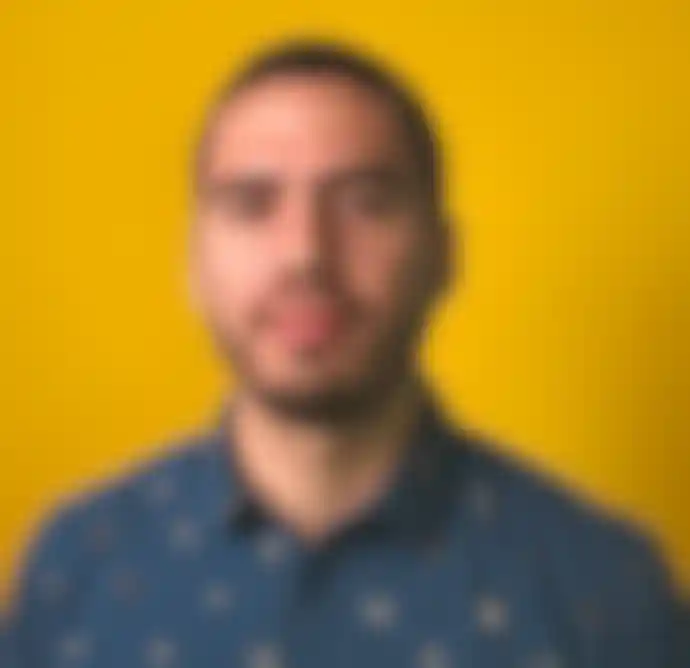
Suarez: I'm originally from Valencia, Venezuela. I came to the United States to study graphic design and digital arts at Full Sail University. My wife and I moved to Orlando, Florida, and we’ve been here since. There wasn’t much 3D being taught back then. Full Sail had 3ds Max, but I hated it. So I focused on After Effects. A few years later, when Octane renderer came out, I really dove into 3D with Cinema 4D.
After I graduated, I started doing 2D motion graphics work with agencies, mostly for conferences and live shows. On the side, I started learning 3D on my own time, just trying to push myself. Now, I focus on 3D work and art direction. I also share my knowledge on Patreon, Mograph Mentor and School of Motion.
Tell us about the device you rendered.
Suarez: The Nebula is a concept device, so it's not out there commercially yet. It’s designed to preserve food using a container and a mixture of gas. The gas is injected into the container and a vacuum seal is also created, which preserves foods for longer periods of time without the use of any preservatives that may alter its quality.
SAES Design House gave me their CAD designs, and I brought them into Cinema 4D. The goal with the video was to create a clear vision of the product in action, something that would keep viewers engaged. I used C4D and Redshift for all the 3D renders, and some After Effects for compositing and the animated interface and extra animated graphics.
How did you decide to animate the individual scenes?
Suarez: That was a little bit of an exploration. A lot of people prefer to sketch, but for me it's easier to just jump into 3D. I started with a simple scene, using a cylinder for a placeholder and playing with camera angles while thinking about transitions and animations.
One of the shots I spent the most time on was the cable connection, just trying to make everything feel organic and look good. That was a shot the client really wanted to see. They had previously seen a cable animation my friend Todd Hersey did for a KARA keyboard video that we both worked on, and they wanted something similar.
Is there an Easter egg in that shot with your initials?
Suarez: Man, you are the first one to notice. Yes, that was an Easter egg on the cable of my initials and my date of birth. It's not super obvious. But yeah, thank you for noticing. I don’t often get the opportunity to do that since most of my studio work is collaborative and not something I do alone.
Did changes to the design affect how you worked on the project?
Suarez: Yes, during the R&D exploration I suggested a change to the client. The original design had a display with concave glass. I wanted to change it to a flat surface, so the reflections would not be distorted. They liked that, but I don’t know if it will be in the final product. I also animated their UI vector files, as well as the graphics on the sides of the shot where the device connects to the container.
Tell us about your particle simulation.
Suarez: The particle simulation was really important because it shows what the product does. It’s only a 3-second shot in the video and it looks really simple, but I probably worked on that for 10 or 12 hours straight to get it right.

I used Turbulence FD in the first few iterations to simulate the gas used in the device. After some back and forth with the client, we decided to go with more of an abstract representation using particles. My idea was to have negative space represent the two holes in the product where the gas comes out. The final shot was done with X-Particles. I’m really happy with how it came out, especially since I’m not super skilled with particle work.
Did you do most of the work on this yourself?
Suarez: Yes, I did just about everything you can see in the final piece. The company created the original model in Rhinoceros 3D, and I worked closely with the Creative Director Marco Filippo Batavia on the video. Stefan Kostaras, from Pelican Sound, did the sound design and music. Other than that, I created everything from concept and storyboard to final delivery. It was about 25 days of work, and everything went super smoothly. It was a great experience.


